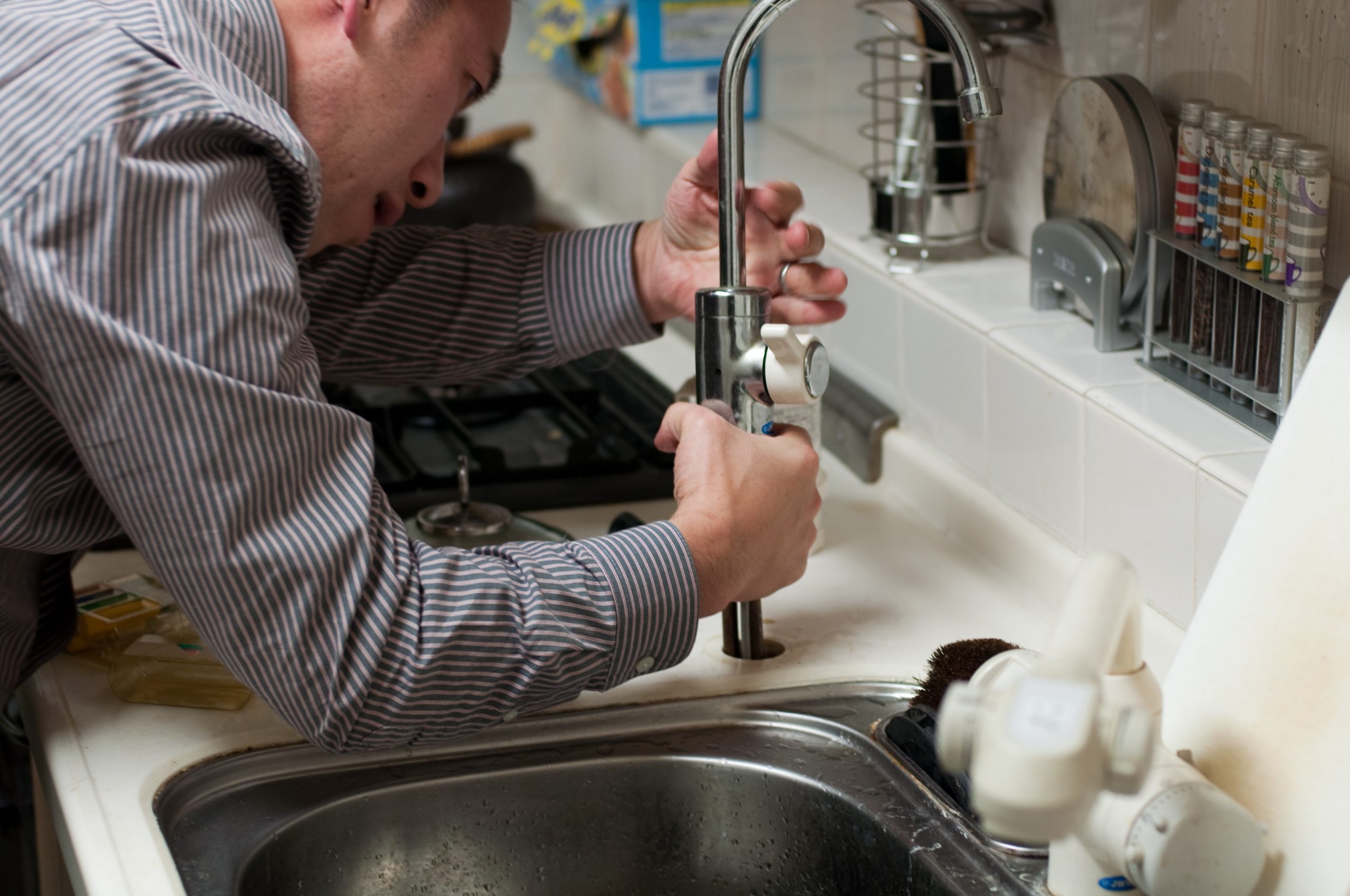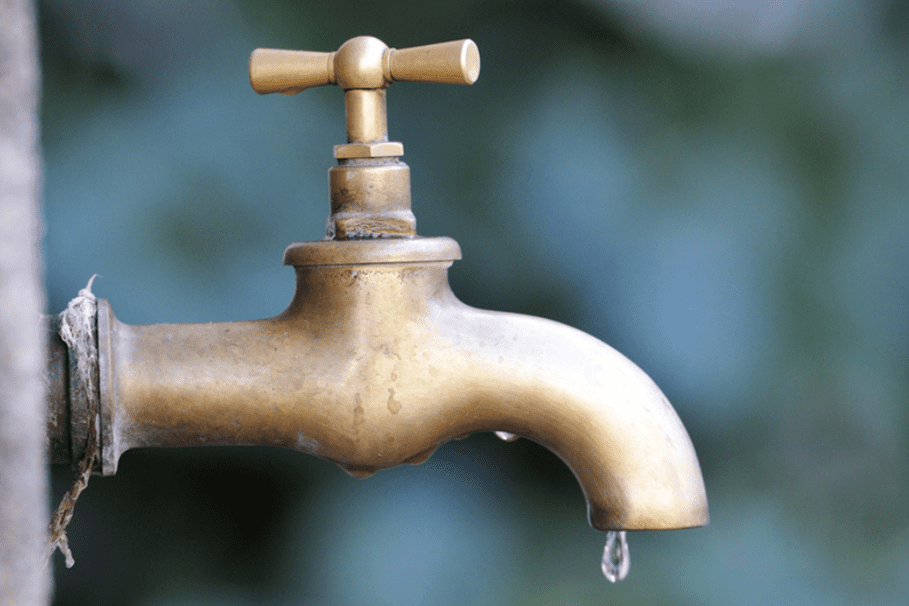Helpful Methods to Winterize Your Plumbing and Avoid Freezing in Frigid Conditions
Helpful Methods to Winterize Your Plumbing and Avoid Freezing in Frigid Conditions
Blog Article
Are you trying to locate critical information on Prevent Freezing and Bursting Pipes?

All homeowners who live in temperate climates must do their ideal to winterize their pipes. Failure to do so can lead to catastrophe like icy, split, or ruptured pipes.
Try a Hair Dryer or Warm Weapon
When your pipes are practically freezing, your dependable hair dryer or heat weapon is a blessing. If the warm towels do not help dislodge any type of settling ice in your pipelines, bowling hot air directly into them may assist. You might finish up harmful your pipes while trying to thaw the ice.
Open Cabinet Doors Hiding Plumbing
When it's cool outside, it would certainly be helpful to open up cupboard doors that are camouflaging your pipes. Doing this small method can keep your pipelines warm as well as restrict the possibly harmful end results of freezing temperature levels.
Require Time to Cover Exposed Pipeline
One awesome as well as very easy hack to warm up cold pipelines is to cover them with warm towels. You can cover them initially with towels. After safeguarding them in place, you can pour boiling water on the towels. Do it slowly to let the towels take in the liquid. You can also utilize pre-soaked towels in hot water, simply do not fail to remember to wear protective handwear covers to secure your hands from the heat.
Switch on the Faucets
When the temperature drops and it seems as if the icy temperature level will certainly last, it will help to turn on your water both inside and also outdoors. This will keep the water flowing through your plumbing systems. Furthermore, the activity will certainly reduce the cold process. Notably, there's no demand to turn it on full blast. You'll end up squandering gallons of water this way. Instead, aim for regarding 5 decreases per min.
Shut down Water When Pipes are Frozen
If you see that your pipes are totally frozen or virtually nearing that stage, transform off the main water shutoff right away. You will normally locate this in your basement or laundry room near the heater or the front wall surface closest to the street. Transform it off as soon as possible to prevent more damage.
Don't neglect to close external water resources, as well, such as your connection for the garden house. Doing this will prevent additional water from filling out your plumbing system. With even more water, more ice will certainly pile up, which will at some point lead to burst pipes. If you are uncertain about the state of your pipes this winter, it is best to call a professional plumber for an assessment. Taking this proactive technique can save you thousands of dollars out of commission.
All homeowners who live in warm environments need to do their ideal to winterize their pipes. Failure to do so can lead to disaster like frozen, fractured, or ruptured pipes. If the warm towels do not aid dislodge any clearing up ice in your pipes, bowling hot air straight right into them may aid. Turn off the primary water shutoff promptly if you observe that your pipes are entirely frozen or virtually nearing that phase. With even more water, more ice will certainly stack up, which will at some point lead to rupture pipelines.
PREVENT YOUR PIPES FROM FREEZING THIS WINTER
A Leading Cause of Property Damage
When the weather is taking a deep nose dive into the cold dreary days, the risk of your pipes freezing and potentially bursting skyrockets. Unfortunately, during these cold dreary months, burst pipes are the most common denominator for property damage. The pipes that are most at the risk are those that are in areas where it is most cold in your home. For instance, pipes located in interior places such as basements, attics, and your garage. Unfortunately, that doesn’t mean that the pipes running through your cabinets or exterior walls can’t freeze. Good news, however, is that you can do things to help prevent pipes from freezing.
How to Prevent Pipes From Freezing
Once the temperature starts to drop during the winter, you should be taking the proper measures needed to ensure that your pipes stay warm and that there is circulation of water through them. Some steps that experts may recommend could go against your better judgement when it comes to saving water and heat. However, it would go without saying that when expenses are compared, damaged pipes could put a bigger dent in your wallet than a water bill.
What Can I Do?
Keep your garage door closed. This is very important, especially if you have water supply lines running through your garage. Open your kitchen and bathroom cabinets to allow warm air to circulate through them. Allow air circulation throughout your home. Keeping the interior doors open will once again allow the warm air to circulate inside your home. Ensure your thermostat is running the same temperature throughout the night and day. If you plan to be away from home during the cold months, set your temperature no lower than 55° F. This should provide enough heat to keep the pipes warm and prevent any remaining water inside the pipes from freezing. For more of a long-term solution, add insulation to attics, basement, and other crawl spaces around your home. By allowing your faucet to drip, it will alleviate pressure in the system. This is important because the pressure that is created between the blockage and the faucet can potentially cause the pipes to burst. Allowing the faucet to drip will prevent the pressure from building up, therefore keeping the pipes from bursting. Seal any cracks, openings, and crawl spaces around your home to prevent cold air from coming inside. This keeps your pipes-not to mention your home-warmer and less susceptible to issues caused by freezing temperatures. For the pipes in your home that are easily accessible, applying electrical tape to them might prevent them from freezing over. This is a quick fix, as you can apply the tape directly to the pipe. There are two options for heating tapes. One turns on and off by itself when it senses heat is needed. The other type of heating tape needs to be applied when heat is needed and removed when not necessary. If you have exposed pipes in your home, you can check this website to take a look at a few options that would be available at a shop near you.

I was shown that article on Prevent Freezing and Bursting Pipes from an associate on another website. Sharing is caring. Who knows, you may very well be helping someone out. We love reading our article about How to stop pipes from freezing during the winter.
Quick fix? Dial now. Report this page